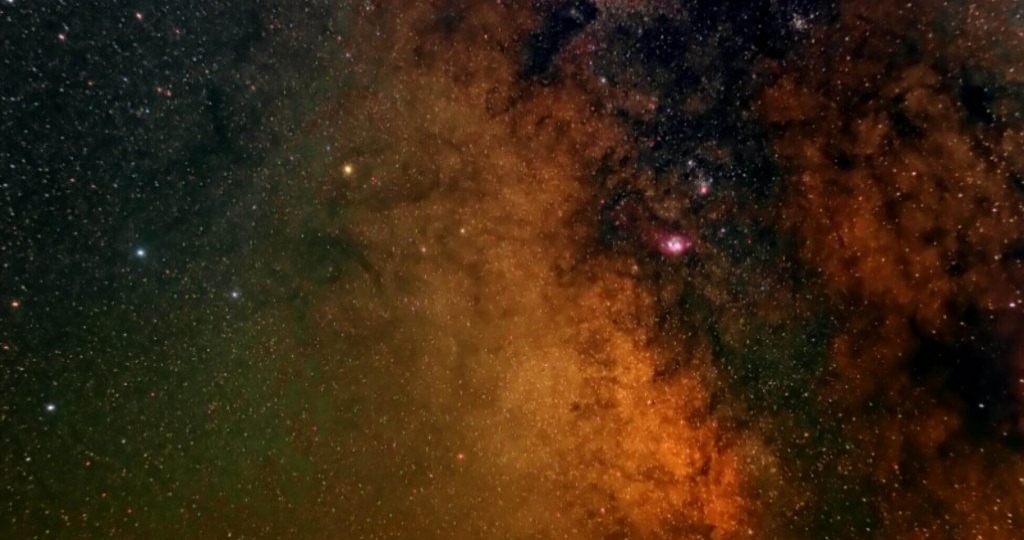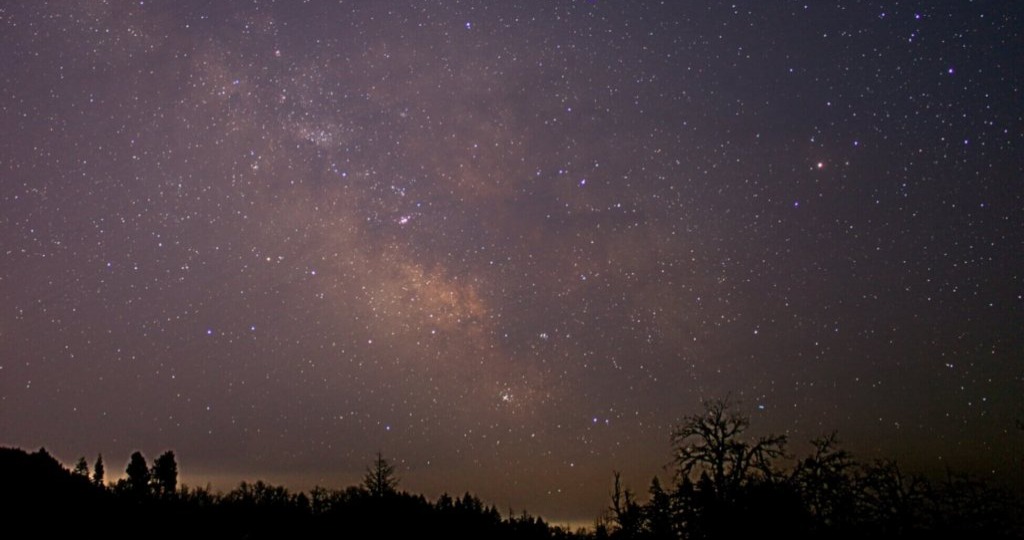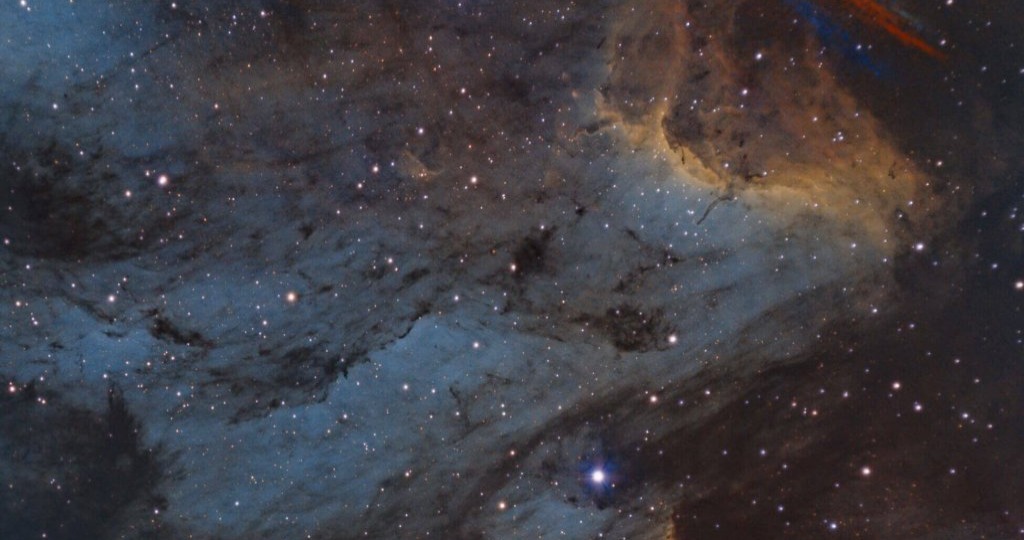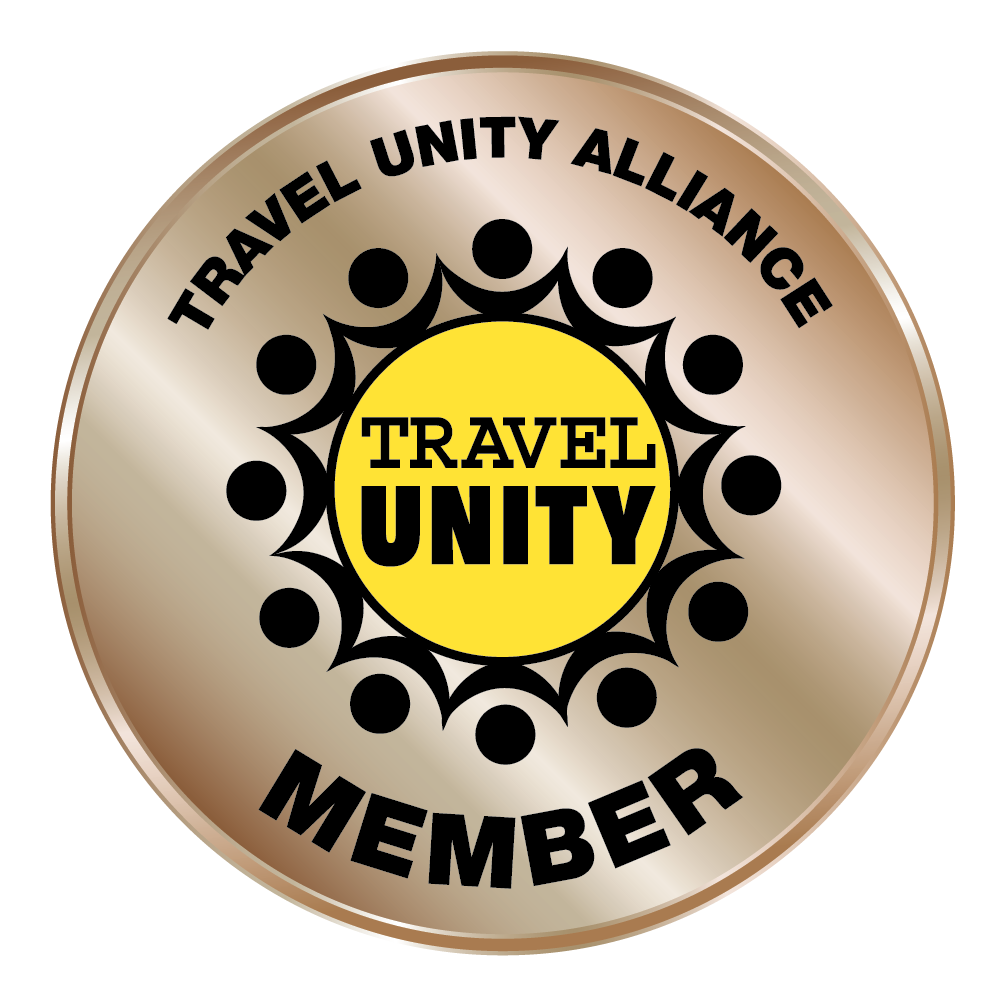How to Start Stargazing in the Willamette Valley
For Eugene Astronomical Society President Andy Edelen, one of the great gifts of stargazing is that when he looks into a telescope, he sees objects that maybe 100 people on Earth have ever seen-nebulas, star clusters, and diffused clouds that the vast majority of us only ever read about in textbooks or see on Instagram. "You get a kind of personal connection with the universe when you look into the eyepiece of a telescope," he says. "And since you're the only person at the telescope when you're looking at that object, you're getting a really personal connection with the universe."

Sagittarius constellation photo by Alan Gillespie)
Believe it or not, those views are more accessible than many of us think. The Willamette Valley is uniquely suited to stargazing, with rural communities far from the light pollution of bigger cities and two mountain ranges that afford a closer view of the night sky. And summer is the best time of year for enjoying that experience-especially with the Perseid meteor shower peaking in mid-August.
So we talked to Edelen about how amateur astronomers can get outside this summer and stargaze on their own. You might not see the same nebulas or star clusters that Edelen is so transfixed by, but the night sky is nevertheless chock full of planets and stars visible with even basic equipment. Here's how to get started.
Grab a Pair of Binoculars

Milky Way photo by Alan Gillespie
No, you don't need a telescope to get started. Edelen says a basic pair of binoculars is a good start for any budding astronomer-and that even the most devoted stargazers have a set of binoculars in their arsenal. "They're easy for finding your way around, they're intuitive, and there are some things that look better in binoculars than they do in telescopes," Edelen says.
A pair of binoculars, for instance, can even reveal star clusters and nebulae all over the Milky Way-especially as you look south, toward the horizon, where the galaxy looks densest.
Download a Stargazing App
No, an app won't replace the feeling that comes with seeing Saturn's rings or dozens of sparkling stars on a clear, moonless night. But Edelen says a decent mobile app can help find your way around the sky, identify various features, and better understand just what you're looking at. (The upgraded version of one such app even steers the telescope for the user.) At minimum, these apps use augmented reality to find your location and, as you hold your phone up to the sky, identify what you're actually seeing at that moment, in that location-planets, stars, all of it.
Here are a few app recommendations for getting started:
- Sky Guide ($2.99, with upgrade options available, on iPhone, iPad, and Apple Watch) illustrates the various constellations in the sky, reminds you of upcoming events (such as the summer equinox, various phases of the moon, and meteor showers), and identifies visible features in the sky.
- Stellarium PLUS ($9.99, Android and iPhone) is one of Edelen's favorite apps; "I think it's the most realistic in terms of how it makes the sky look like an actual, real sky," he says. Free versions are also available for computers and mobile web browsers, as well.
- SkySafari ($2.99-$9.99, iPhone, iPad, and Apple Watch) is what Edelen calls "the gold standard of astronomy apps"; depending on the version users download, they may get help identifying up to 100 million stars, star clusters, galaxies, and every comet and asteroid ever discovered. (SkySafari Plus and SkySafari Pro even offer mobile telescope control.)
Know Where to Go
Sure, you could head into your backyard, armed with a set of binoculars, and still see plenty of stars and (perhaps) a few planets. But the further you get from the city-and the light pollution cities cause, dimming the brilliant night sky-the more you'll see.
Edelen recommends finding somewhere with south-facing views. "The south seems to be the area where the most exciting stuff is," he says. Aim for a flat horizon, and try to get to elevation (if possible). Specifically, Edelen says Marys Peak is a popular gathering spot for stargazers; the summit, after all, is the highest point in the Coast Range.

Pelican Nebula photo by Ronald Perez
If you'd like a little help finding the perfect place to go, the Dark Site Finder has published a light pollution map that shows where the skies are darkest around the world; the brighter the hotspot, the more light pollution you'll encounter-and the less of the starry night sky you'll actually see. So while the skies seem pretty bright throughout the Willamette Valley, curious stargazers would do well to head for the West Cascades or Coast Range foothills.
Join Your Local Astronomy Club
members who can pinpoint objects in the night sky and offer equipment recommendations; some clubs even have equipment they'll loan out to dues-paying members for the night. "I think that's the most comprehensive and user-friendly resource you can have," Edelen says.
Some of the Willamette Valley's astronomy clubs include the Heart of the Valley Astronomers (based in Corvallis), the Night Sky 45 Astronomy Club (based in Salem), and the Eugene Astronomical Society (based in Eugene). Just keep in mind that local star parties may be canceled to keep members safe.








